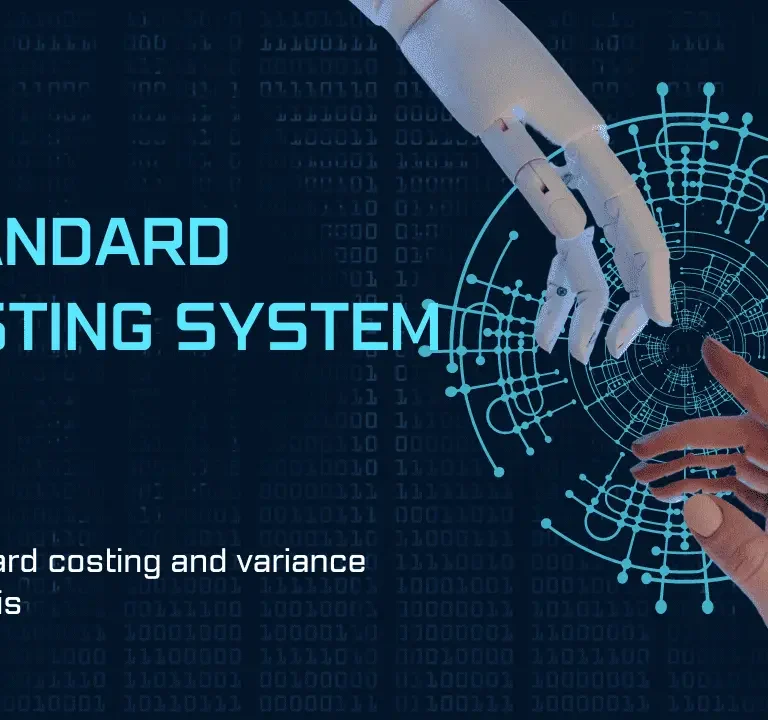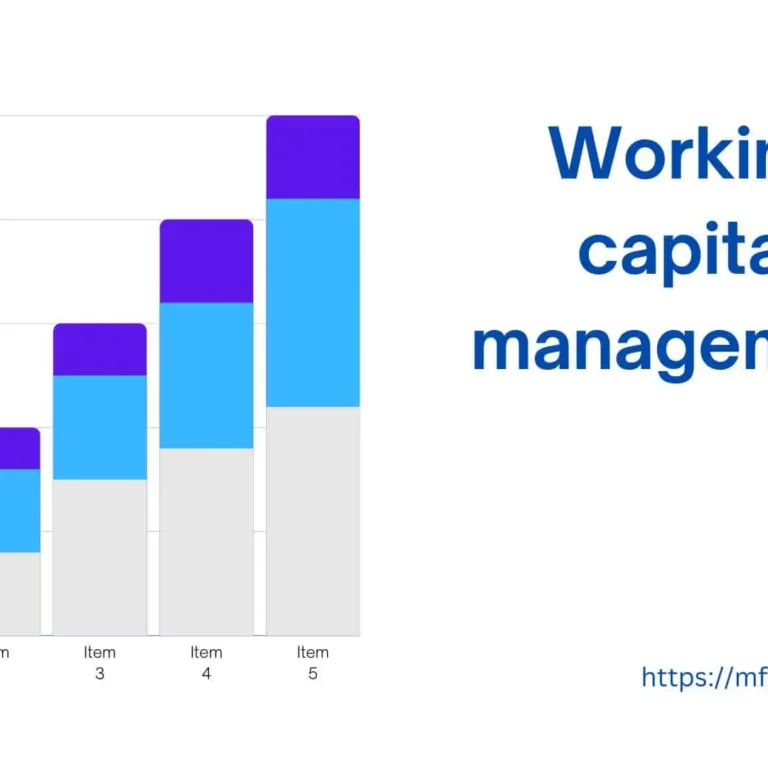How to develop business vision and mission
Developing a clear and compelling business vision and mission is crucial for any organization. The vision statement outlines the long-term aspirations and desired future state of the company, providing a guiding light for strategic decision-making. It encapsulates the organization’s ultimate purpose and sets the direction for its growth and development. On the other hand, the mission statement defines the organization’s core purpose, its reason for existence, and the value it brings to its stakeholders.
It serves as a roadmap that outlines the company’s primary goals and how it intends to achieve them. Together, the vision and mission statements create a strong foundation that aligns the organization’s activities, guides its strategies, and inspires its employees and stakeholders toward a shared vision of success.
What is the business mission statement?
A mission statement is a concise and powerful declaration that defines the fundamental purpose and primary objectives of an organization. It communicates the organization’s reason for existence, its core values, and its commitment to serving its stakeholders. A well-crafted mission statement captures the essence of what the organization does, who it serves, and how it creates value. It acts as a guiding principle for strategic decision-making, goal-setting, and day-to-day operations.
A mission statement typically answers the questions of “why” the organization exists, “what” it aims to achieve, and “how” it plans to accomplish its goals. It should be clear, memorable, and inspiring, providing a sense of direction and unity to employees and stakeholders.
Mission statement example
Here’s an example of a mission statement for a fictional technology company:
“Empowering innovation through cutting-edge technology solutions, our mission is to revolutionize the digital landscape. We strive to create intuitive and transformative products that enhance lives, foster connectivity, and drive sustainable progress, shaping a brighter future for all.”
What is the vision statement?
A vision statement is a concise and inspiring declaration that outlines the desired future state or long-term aspirations of an organization. It captures the organization’s ultimate purpose, direction, and the impact it strives to make in the world. A well-crafted vision statement paints a compelling picture of what the organization aims to achieve and creates a sense of shared purpose among its stakeholders.
A vision statement typically answers the question of “where” the organization wants to be in the future. It encapsulates the organization’s dreams, aspirations, and overarching goals. It goes beyond what is currently achievable and stretches the organization to reach new heights.
An effective vision statement is future-oriented, inspiring, and aspirational. It sets a clear direction and provides a framework for decision-making, goal-setting, and strategy development. It serves as a guiding star that aligns the efforts of employees and stakeholders, motivating them to work towards a common vision.
Vision statement example
Here’s an example of a vision statement for a manufacturing firm:
“Our vision is to drive innovation and excellence in manufacturing, delivering superior quality products to empower industries and shape a brighter future.”
Difference between business vision and mission
| Vision Statement | Mission Statement |
| Future-oriented | Present-oriented |
| Describes the desired future state | Defines the fundamental purpose and objectives |
| Inspirational and aspirational | Clear and concise |
| Provides a sense of direction and purpose | Guides decision-making and operations |
| Answers the question “Where do we want to be?” | Answers the question “What do we do and why?” |
| Long-term focus | Short to medium-term focus |
| Reflects the organization’s dreams and aspirations | Captures the organization’s reason for existence |
| Guides strategic planning and goal-setting | Shapes the organization’s culture and values |
| Sets the organization apart and motivates stakeholders | Aligns the organization internally and externally |
Advantages of business vision and mission
Advantages of Vision:
Direction and Focus:
A well-defined vision provides a clear direction for the organization. It serves as a guiding star that helps align the efforts of employees and stakeholders toward a common goal. It ensures that everyone is moving in the same direction, which enhances efficiency and productivity.
Inspiration and Motivation:
A compelling vision inspires and motivates employees. It creates a sense of purpose and meaning in their work, driving them to go above and beyond to achieve the organization’s goals. It instills a sense of pride and commitment, leading to increased engagement and loyalty.
Strategic Planning and Decision-making:
The vision serves as a foundation for strategic planning and decision-making. It helps leaders set strategic objectives and devise appropriate strategies to reach the desired future state. It acts as a filter for evaluating opportunities and making decisions that are in line with the long-term vision.
Differentiation and Competitive Advantage:
A unique and compelling vision sets the organization apart from its competitors. It helps create a distinct identity and positioning in the market, making the organization more attractive to customers, investors, and partners. It can provide a competitive advantage by offering a clear value proposition that resonates with stakeholders.
Advantages of Mission:
Clarity of Purpose:
A well-crafted mission statement defines the organization’s purpose and its reason for existence. It provides clarity on what the organization does and the value it brings to its stakeholders. This clarity helps employees understand their roles and contribution, enhancing alignment and focus.
Decision-making Framework:
The mission statement serves as a decision-making framework by defining the organization’s core values and objectives. It guides decision-making at all levels, ensuring that actions and initiatives are aligned with the organization’s mission. It helps maintain consistency and integrity in organizational actions.
Stakeholder Alignment:
A mission statement helps align the organization with its stakeholders, including customers, employees, investors, and the community. It communicates the organization’s commitment to serving their needs and interests, building trust and credibility. It fosters stronger relationships and enhances stakeholder loyalty.
Cultural Foundation:
The mission statement plays a crucial role in shaping the organization’s culture. It establishes a shared set of values and beliefs that guide behavior and attitudes. It contributes to building a positive and inclusive work environment that reflects the organization’s mission and values.
Step-by-step procedures to develop business vision and mission
Gather Input and Insights:
Seek input from key stakeholders, including employees, leaders, customers, and other relevant parties. Conduct surveys, interviews, or workshops to gather insights about the organization’s values, strengths, aspirations, and the needs of its stakeholders.
Assess Internal and External Factors:
Conduct a thorough analysis of the organization’s internal capabilities, industry trends, competitive landscape, and market dynamics. Understand the organization’s strengths, weaknesses, opportunities, and threats. This analysis will help inform the development of a mission and vision that aligns with the organization’s context.
Define Core Values:
Identify the fundamental principles and values that guide the organization’s actions and decisions. These values serve as the foundation of the mission and vision. Consider what the organization stands for, its ethical principles, and the desired culture.
Craft the Mission Statement:
The mission statement should clearly and concisely define the organization’s purpose, target audience, and primary activities. It should answer the question “What do we do and why?” Keep it focused, action-oriented, and reflective of the organization’s unique identity.
Envision the Future:
Develop the vision statement by envisioning the desired future state of the organization. Consider the long-term aspirations, goals, and impact the organization aims to achieve. The vision statement should inspire and motivate stakeholders, painting a compelling picture of where the organization wants to be.
Align with Strategy and Goals:
Ensure that the mission and vision align with the organization’s strategic objectives and goals. The statements should provide a guiding framework for decision-making and goal-setting. They should reflect the organization’s competitive advantage and differentiate it in the market.
Refine and Iterate:
Review and refine the mission and vision statements to ensure clarity, relevance, and alignment with stakeholder feedback. Iterate on the statements based on the insights gained through collaboration and further analysis.
Communicate and Embed:
Once finalized, effectively communicate the mission and vision throughout the organization. Ensure that all employees understand and embrace the statements. Integrate them into the organizational culture, processes, and decision-making frameworks.
Review and Revisit:
Regularly review and revisit the mission and vision statements to ensure their continued relevance and alignment with the changing needs of the organization and its stakeholders. Make adjustments as necessary to reflect evolving goals and market dynamics.
Things to avoid when developing business vision and mission
Vague and Generic Statements:
Avoid using generic language or vague statements that lack specificity. Aim for clarity and precision in expressing the organization’s purpose and future aspirations. Generic statements can be interpreted in various ways and may not provide a clear direction.
Copying or Emulating Others:
While it’s useful to draw inspiration from other organizations’ vision and mission statements, avoid directly copying or emulating them. Your organization’s statements should be authentic and reflect its unique identity, values, and goals. Tailor the statements to align with your organization’s context and aspirations.
Overcomplicating Language:
Keep the language simple, concise, and understandable. Avoid jargon, technical terms, or excessive complexity that may confuse or alienate stakeholders. Use clear and accessible language that resonates with a wide range of audiences.
Lack of Stakeholder Involvement:
Don’t develop the vision and mission statements in isolation. Involve key stakeholders, including employees, leaders, and customers, in the process. Seek their input, perspectives, and feedback to ensure that the statements reflect a collective understanding and agreement.
Ignoring External Factors:
While internal factors are important, don’t overlook external factors. Consider industry trends, customer needs, competitive dynamics, and market conditions when developing the statements. Ignoring external factors may result in statements that are disconnected from the reality of the business environment.
Neglecting Flexibility and Adaptability:
Avoid developing rigid vision and mission statements that cannot evolve with changing circumstances. Business environments are dynamic, and organizations need to be adaptable. Ensure that the statements allow for flexibility and can accommodate strategic shifts or emerging opportunities.
Lack of Alignment with Strategy:
Ensure that the vision and mission statements align with the organization’s strategic objectives and goals. The statements should provide a clear framework for decision-making, goal-setting, and resource allocation. Lack of alignment may lead to confusion and inconsistency in organizational actions.
Not Reflecting Organizational Culture:
Avoid developing statements that do not reflect the organization’s culture and values. The vision and mission should resonate with employees and stakeholders, capturing the essence of the organization’s identity and aspirations. Align the statements with the existing culture or desired culture of the organization.









